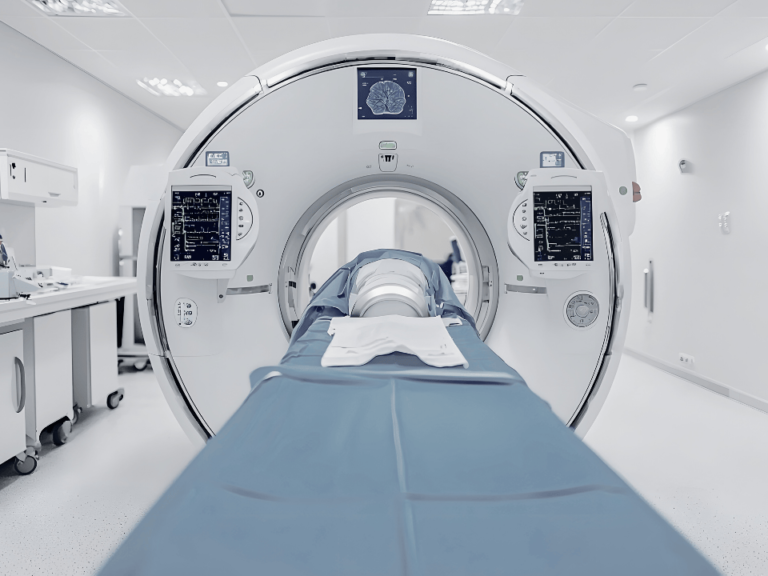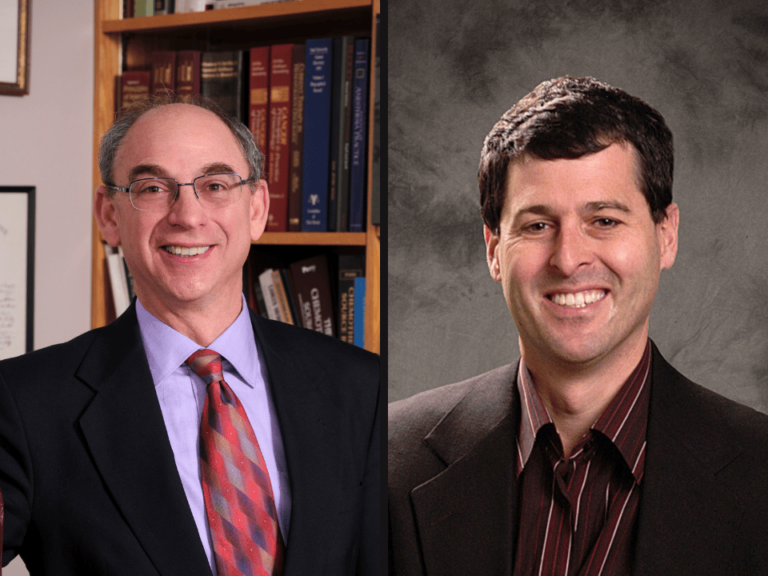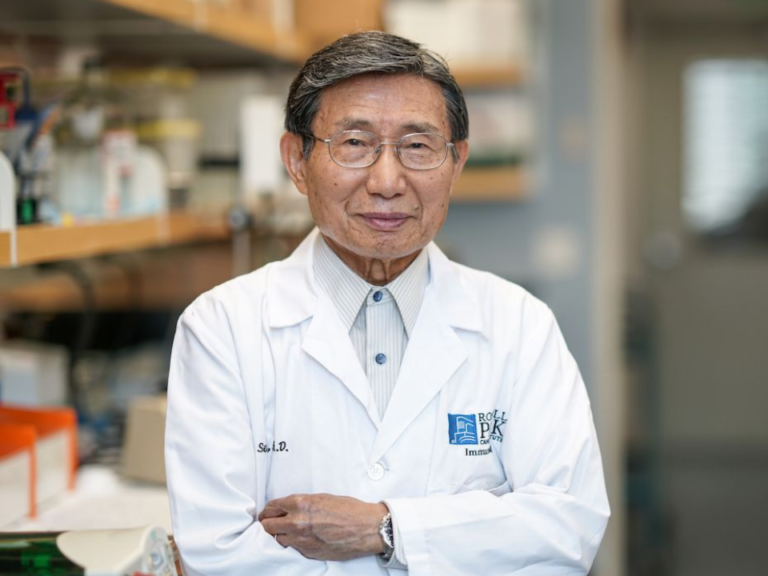The Rabson-Kirschstein photo archive


Alan Rabson and Ruth Kirschstein photo archive
By Cancer History Project | June 14, 2021


Alan Rabson and Ruth Kirschstein came to NIH together and became a graceful power couple. Kirschstein would become a key contributor to the development of a safe and effective polio vaccine and the first woman director of a major institute at the NIH. At one point, Rabson served as acting NCI director and Ruth as acting NIH director (The Cancer Letter, Oct. 5, 2001).
Rabson, one of the premier cancer pathologists of his generation whose most recent title at NCI was scientist emeritus, died in 2018. He was 92. Kirschstein died in 2009. She was 82.
Celebrating research milestones
NEW: Hope for Childhood Cancers
By Rutgers Cancer Institute of New Jersey | June 15, 2021
As the Cancer History Project looks backwards to examine the breakthroughs, here is a collection of key records:
Brian Druker and the development of Gleevec: Deciphering Cancer
By Lasker Foundation
Leukemia: FDA Approves First CAR T Cell Therapy for Leukemia
By Memorial Sloan Kettering Cancer Center
Bone marrow transplant: Pioneering Discovery To Curing Patients
By Johns Hopkins Kimmel Cancer Center
Breast cancer: When Bernie Fisher refused to grovel
By The Cancer Letter
Endometrial cancer and immunotherapy: “Working Backward”
By Rutgers Cancer Institute of New Jersey
Helen Coley Nauts: The Woman Who Resurrected Cancer Immunotherapy
By Cancer Research Institute
Jim Allison: Breakthrough (Feature Film)
By Jim Allison: Breakthrough
Cancer Progress Timeline
By ASCO
Are your institution’s research milestones missing? Join us as a contributor to the Cancer History Project. To apply to become a contributor, please contact admin@cancerhistoryproject.com.
Recent contributions
GOG History
By The GOG Foundation, Inc. and GOG Partners | June 17, 2021
This column features the latest posts to the Cancer History Project by our growing list of contributors.
The Cancer History Project is a free, web-based, collaborative resource intended to mark the 50th anniversary of the National Cancer Act and designed to continue in perpetuity. The objective is to assemble a robust collection of historical documents and make them freely available.
Access to the Cancer History Project is open to the public at CancerHistoryProject.com. You can also follow us on Twitter at @CancerHistProj.
Is your institution a contributor to the Cancer History Project? Eligible institutions include cancer centers, advocacy groups, professional societies, pharmaceutical companies, and key organizations in oncology.
To apply to become a contributor, please contact admin@cancerhistoryproject.com.










